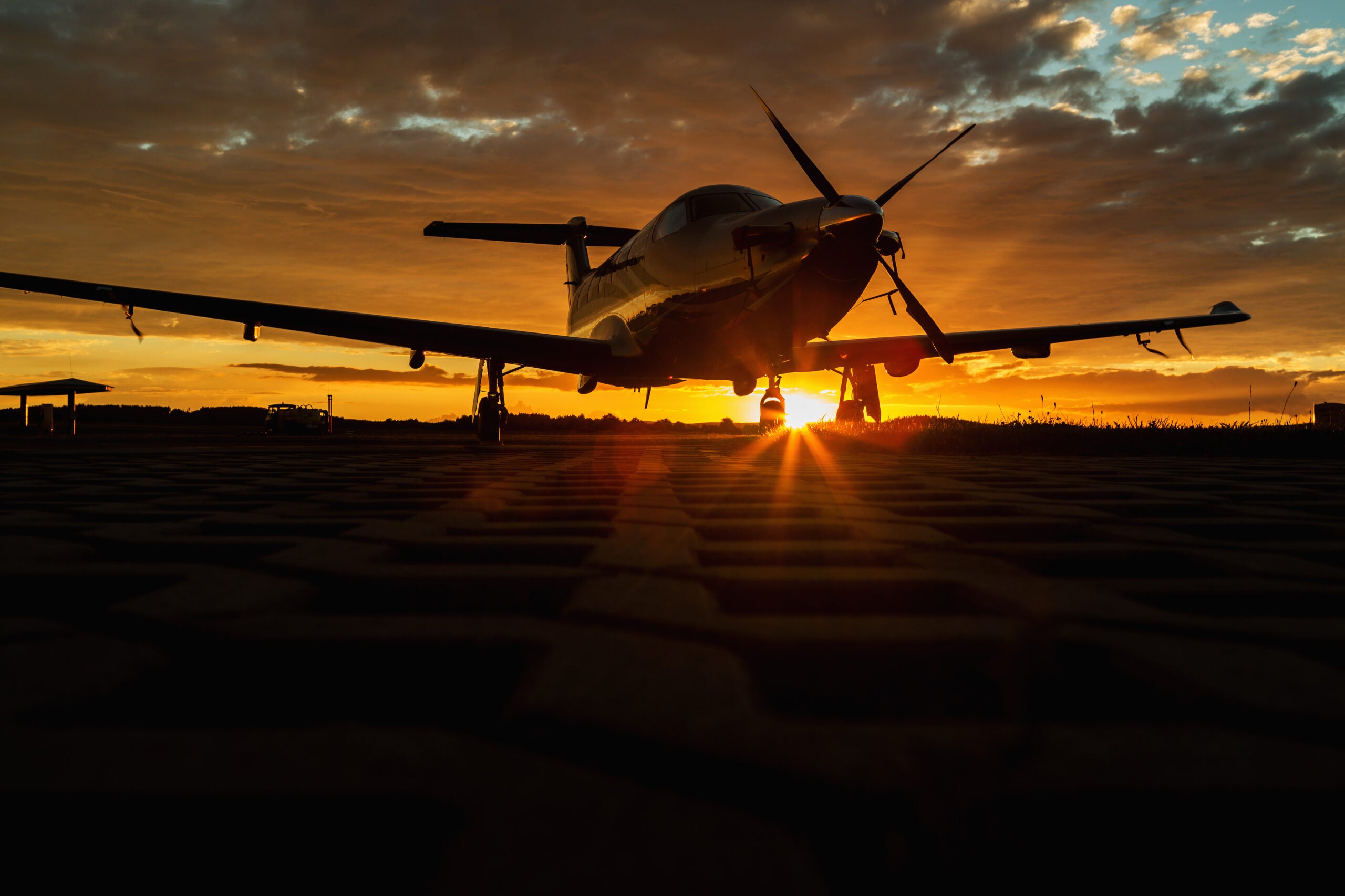The post-solo private pilot learner had just begun the second phase of training when his instructor suggested he fly with someone else. The learner was surprised, as he got along well with his instructor and had no complaints about the flight training he’d received. The chief instructor had to approve changes of instructor, so there was a discussion with the CFI who had requested the move.
The CFI was new to the craft. He told the chief that the learner’s medical certificate had the limitation “night flying prohibited” printed on it. The CFI interpreted this to mean the learner was not allowed to fly after dark, and he didn’t want to risk his certificate by flying with the learner after sundown.
The learner had a color vision challenge, and the aviation medical examiner added the limitation to his medical certificate to reflect this. The learner said it was his understanding that his color vision might make night flight challenging, which was why he couldn’t be the pilot in command (PIC) at night, but he was still required to do the training, not only to satisfy the requirements for the certificate, but also to prepare him just in case he was caught out after dark. He was correct.
The training could take place because the instructor is PIC on dual instructional flights. The task became how to provide the best instruction for this particular learner while meeting the requirements.
Training for Night Flight
Training for night flight usually begins with a review of the challenges, such as reduced visual acuity, reduced depth perception, inability to see clouds, and understanding the required lighting for both outside and inside the cockpit.
Learners know they will need a flashlight for the lesson. I recommend one with a white light for doing the preflight inspection if it is after dark and one with a colored lens—red, blue, green or amber—for in the cockpit. I remind them the light on their smartphone won’t work in the cockpit because it is white light that destroys your night vision for 30 minutes (or more) after exposure.
- READ MORE: Scenarios for Training
When Does Night Begin?
FAR 1.1 defines night as the “time between the end of evening civil twilight and the beginning of morning civil twilight, as published in the Air Almanac, converted to local time.”
Note the time of sunset locally because nav lights are required between sunset and sunrise, and we can start logging night experience one hour after sunset to one hour before sunrise—used for night currency and carrying passengers. One popular way to ease the learner into the world of night flight is to take off just before sunset, so they can watch how the scenery changes and their eyes adjust.
The color-challenged learner found it very useful to note the roads adjacent to the local airports that helped him spot the rotating beacons and then the runways. The learner noted that he was glad to have the training “just in case,” but he planned to take care to make sure he was back on the ground an hour before sunset.
Three Hours of Instrument Training
The three hours of flight by reference to instruments only is another one of those ”just-in-case” requirements for private pilots. Yet there are those learners who balk at this training, saying they will only fly on good weather days, therefore, they don’t need it. Famous last words. The accident reports at NTSB.gov are filled with VFR into IMC situations. I bet those pilots didn’t intend to fly into bad weather—but it happened.
The three hours under the view-limiting device should be done gradually, as instrument flying can be very mentally fatiguing—especially at first. The concept of scan, cross-check, and instrument interpretation is best introduced in bite-sized chunks. I suggest not more than 10 minutes of hood time during the flight when it is introduced, as the learners grasp the use of the attitude indicator, heading indicator, altimeter, etc. Each subsequent flight will include more hood time focusing on climbs, turns, descents, and basic navigation. It’s very easy to fly visually, then put the learner under the hood for a few minutes, then return to visual flight.
Keep in mind that IMC doesn’t just come from clouds. One summer there was a sudden onset of a smoke event caused by a wildfire in Seattle. Although the reported weather at the airport was VFR, a savvy flight instructor obtained an IFR clearance and taught a private pilot candidate to fly the RNAV into the home airport under the hood because, frankly, although the AWOS was reporting 4 to 6 miles from the air, it was “deceptively crappy” as my former chief used to say.
Often experiences like this lead to the learner pursuing an instrument rating, keeping in mind the most important skill for a noninstrument-rated pilot to have is the ability to read a weather report and correctly interpret the information.
